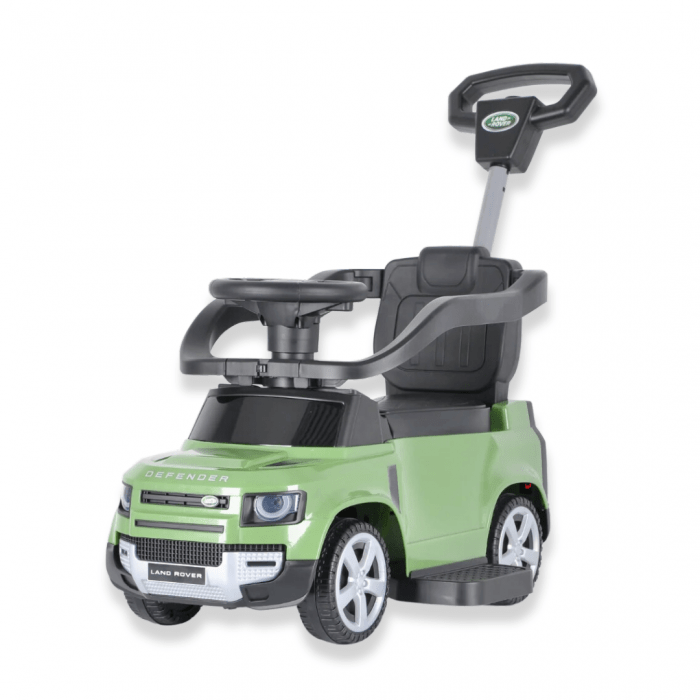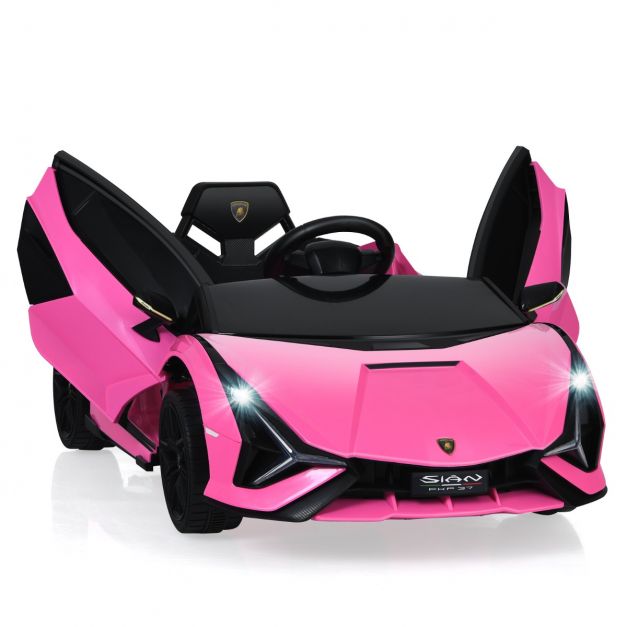Recommended Facts On Deciding On Electric Kids Cars
Recommended Facts On Deciding On Electric Kids Cars
Blog Article
What Should I Know About The Battery Life And Charging Time Of An Electric Children's Ride-On Car?
Understanding the battery and charging time of an electric kids' ride-on vehicle is vital to ensuring optimal performance and continuous time for play. Here's all you need know about the type of battery.
Children's electric cars are rechargeable and use lead-acid battery or lithium-ion battery. Lithium ion batteries offer longer battery life than lead-acid batteries and charge more quickly.
Capacity of Battery
The size of the battery, which is expressed in amperehours (Ah), or watthours(Wh) is the determining factor for the amount of time a vehicle can last on just one charge. Battery capacity is important because it determines how long the ride-on car can operate before recharging.
Run Time -
The duration of the runtime for an electric vehicle is how long the vehicle is able to run continuously on a single battery charge. This can be affected by factors such as the capacity of the battery, power of the motor, terrain, or weight of a rider.
Common electric ride-on vehicle run times range between 30 minutes to two hours on a single charge. Some battery packs with higher capacity can offer longer time-to-run.
Charge Time
Charging time is the amount of time needed to recharge the battery completely after it is depleted. Charge times can vary based upon battery capacity or charger specifications.
The charging duration of electric ride-on vehicles is between 8 and 12 hours. Certain models offer faster charging rates, particularly those with lithium ion batteries.
To ensure the safety of your family and prolong battery life, it is essential to charge the battery according to the specifications of the manufacturer. Battery performance can be adversely affected if the battery is overcharged or undercharged.
Method of Charging
The majority of electric ride-on vehicles include a charging cable which plugs directly into a standard outlet. Some models can have quick charging or even a smart charger that monitors the battery's status of charge and adjusts charging rates according to the condition of the battery.
To avoid damaging the battery or the electrical system, make sure that the charger as well as the port of the ride-on is compatible.
Batteries Additional -
Some electric ride-on cars may allow you to purchase additional batteries or spare batteries for extended playtime. Additional batteries let you replace depleted batteries by fully charged batteries, which reduces the time spent in the car.
If you know the battery time and charge times of an electric ride-on children's car, you can ensure that your kids will enjoy enjoyable and uninterrupted time as they explore their surroundings. The life and performance of the battery will be increased by regular charging of the batteries, and using proper charging procedures. See the recommended Audi ride on car for more info including toy with car, ride on car, a toy car, car toy car toy, ride electric car, electric car ride, digger ride, childrens electric cars, childs ride on car, two seater electric cars and more. . 
What Are The Best Models For Kids Cars? Made For Outdoor And Indoor Use?
Outdoors or indoors, children car models are made to work in various conditions and settings. These models are designed differently: Indoor Use Cars
Size and Weight - Cars designed for indoor use are typically lighter and less bulky to move easily in tight areas like living rooms, playrooms or hallways. These vehicles are compact and compact, allowing them to effortlessly navigate through narrow spaces or around corners.
Low Ground clearance: Indoor cars are designed with low clearance to allow to avoid getting stuck on rugs, carpets or thresholds. This allows for smooth and free moving across indoor surfaces.
Smooth Wheels. Cars that are used indoors typically include wheels made of substances that have a smooth surface, like rubber or plastic. These wheels offer better grip and traction on smooth surfaces, such as hardwood floors, laminate flooring or tiles. The wheels are designed to minimize noise and prevent scratching or scratching surfaces.
Limited Speed - Vehicles in indoor environments are typically restricted to a slower speed to ensure safety and control. This prevents accidents and collisions with walls, furniture or any other obstacles that are commonly found in indoor spaces.
Outdoor Use Cars -
Durable Construction- Cars which are built for outdoor use are built with robust materials. They may be made from tough plastic or metal to withstand outdoor elements like sunlight, moisture, temperature fluctuations as well as rough handling. They are less likely to suffer from tears and wear that result from exposure to outdoor conditions.
Outdoor use: Cars with higher ground clearance can overcome obstacles and bumps in the outdoors. They are now able to navigate rough surfaces, including pavements, gravel and grass.
Traction Tires These are the tires on vehicles used for outdoor use usually have treads, or patterns that enhance grip and traction when driving on slippery or uneven surfaces. This aids in maintaining control and stability when driving on uneven terrain.
Weather Resistant: Cars designed for outdoor use usually have features that are weatherproof, like sealed electronics, or waterproof casings. They may also use rust-resistant material to prevent damage caused by water. They are able to withstand rain, mud or puddles and still perform.
Outdoor-use cars have higher maximum speed to accommodate vast spaces and distances. This can provide a more thrilling and adventurous experience to children exploring outdoors.
Parents can choose a vehicle for their kids that is suitable to their needs, indoors or outdoors, by evaluating the design and features. This will provide a fun, safe and long-lasting experience for children. View the most popular click here on McLaren kids car for blog info including two seater electric cars, lambo toy car, childrens ride on, toy toy cars, toy with car, two seater childrens electric cars, electric ride along car, cars pedal car, toy a car, remote control childrens car and more. . 
How Do I Determine The Amount I Will Spend On My Child's Ride-On Vehicle?
Budgeting for a ride-on car for your child requires taking into account a variety of factors, including the features, durability, and longevity. It is also important to be aware of your financial situation. Find the most affordable price for your budget by doing some research on average prices.
You can start by researching the price average of rides-on cars for children that have the features you desire. Toy stores as well as online retailers and websites of manufacturers are a great source of information on pricing.
Choose Must-Have Features to Have
Pick features that guarantee your child's comfort and safety. The cost of a ride-on automobile is influenced by features like realistic sound effects as well as working headlights, seatbelts and functioning lights.
Prioritize the features you want to use based on your child's preferences and budget constraints.
Consider durability and longevity Consider longevity and durability
Choose ride-on vehicles made of durable materials like premium plastics or metals. These can withstand frequent use and weather conditions.
You can also ask parents for their opinion and read reviews to determine the durability of a model. An upfront investment of more money in a high-quality ride-on car can lead to savings in the long run through avoiding repairs and replacements.
Compare prices from different retailers -
Check prices of different retailers to find the best value for your money. Look through online stores and local department and toy stores for discounts and bargain pricing.
Keep an eye on discounts, sales or clearance deals that can help you save money without cutting corners on quality.
Add Costs to Additional Costs
Consider any additional costs associated with purchasing a ride-on kid's car like shipping costs or taxes, as well as accessories (e.g., spare batteries, safety gear).
Budget accordingly to ensure that you can cover the total cost of ownership, which includes the necessary accessories and maintenance costs.
Create a realistic budget
Based on your research and financial situation, set an achievable budget that is in line with your needs and priorities. Choose the highest amount you're willing to spend on the car as well as considering the longevity, durability as well as options.
Do not spend too much money on toys for your child, or other things that aren't necessary.
Take into consideration the value of long-term planning Consider the long-term value
Assess the long-term value of the ride-on kid's car by looking at its longevity as well as its versatility and capacity to grow alongside your child. A car that is of high-quality and comes with a variety of features could be more valuable over time when compared with a lower-cost and less durable alternative.
You can score the best deal on a ride-on car for your kid by setting a budget by looking at the features, durability, and long-term durability, and then establishing the budget. While staying within the budget, focus on factors that are most important for your child's safety and fun. Take a look at the recommended Lamborghini kids car kidscars.co.uk info for blog tips including cars pedal car, cars pedal car, kiddies cars, kiddies cars, kids electric cars, toy a car, riding digger, toy the car, ride ons, car for toy and more. .